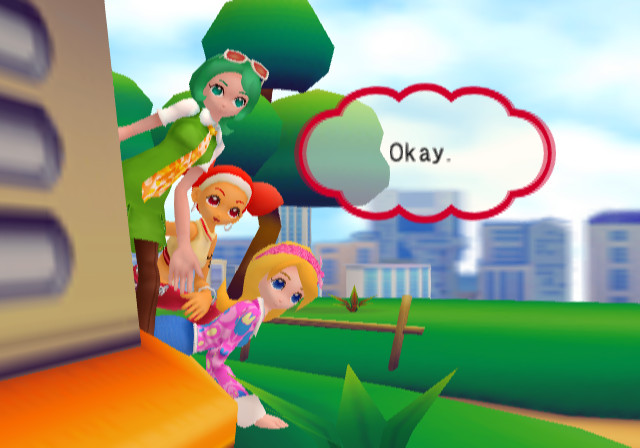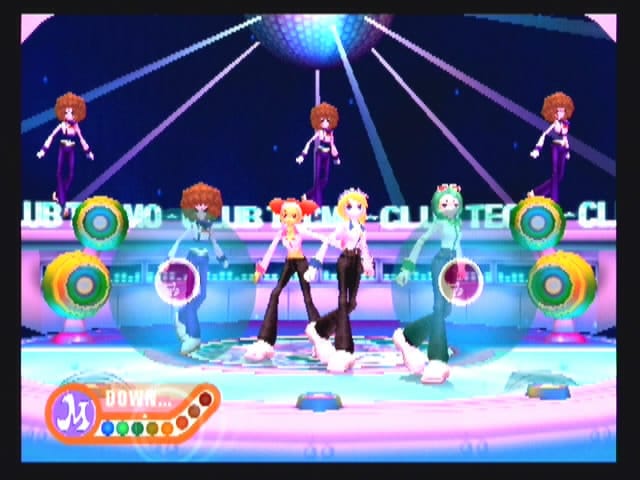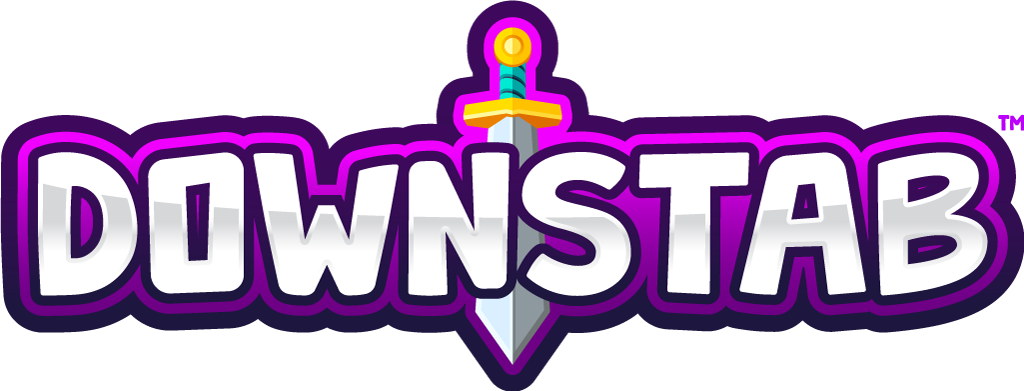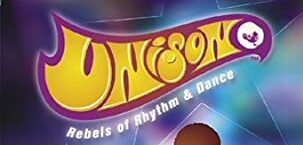Given enough time, you might forget what drew you to like something in the first place. Why did you start watching basketball? When did you first start playing guitar? What was is that really got you in to baking? No matter the hobby, there is usually something (or moreso a multitude of things) that initially draws you in.
Video games for me were always fun. Trying out a new game, completely mastering an old one, and really just having a good time from when I was super young until this very moment are what drive me to keep playing. However, with regard to what drew me in and what kept me playing all these years later, I have to dig a bit deeper than surface level reflection.
With gaming roots in sown in the early 90s, I grew up playing the NES and SNES first. Visually these systems couldn’t put out the graphics we are used to today (naturally). Instead of hyper-realistic characters and backgrounds, I grew up with pixelated plumbers and go-karts. Perhaps it is because of this humble beginning I tend to be drawn toward the games that are nowadays considered “Retro”, or at the very least leaning toward artistic more than realistic.

Which brings me to they rhythm game Unison for the PlayStation 2. I was able to pick up this game while visiting a friend and wandering to a local game shop (Pretty cool place over in Merced, CA). The game itself came out in 2001, near the very end of the system’s life cycle. As with most rhythm games, you are tasked with matching the beat with correct directional inputs. Atypical of other rhythm games though, you actually need to memorize the “dance moves” to perform live. Before each stage you have a practice session where you see the moves, and then when you go live to perform, you only have the music to guide you. You’ll need to remember the inputs and timing. With songs ranging from “YMCA” to Nelly’s “Country Grammar” and Aqua’s “Barbie Girl”, there’s a wide range of tracks to master.
Production values are really high with Unison. Stages are heavily saturated and colorful. The entire game’s story mode is fully voiced. Although the story is absolutely absurd, it’s entertaining enough to get you through the three hour or so story mode. The game’s humor and presentation feel very Japanese: the dialogue isn’t especially fluid in English, and the humor feels like something you would see out of an anime as opposed to an American cartoon. Overall the game is kind of short and basic, but still an entertaining way to spend a few hours.

After playing the game I found myself reflecting on why I liked it. Unison isn’t winning any awards, and it definitely hasn’t gone down as one of the greatest rhythm games out there. So what was it that made me appreciate what it was doing?
Unison had all the hallmarks of a game I would like: bright and silly visuals, a nonsense (in a good way) story, high production values, and a game that feels like a game. It isn’t trying to set the world on fire with it’s storytelling or it’s setting: it’s just a fun title that you can laugh at and enjoy. Those aspects are what I personally really want from a video game. Oh, also, it doesn’t hurt that the game is a rhythm game, one of my favorite genres!
This reasoning extends to more games than just Unison on the PS2. Looking at my favorite shooters I have to say Overwatch and Team Fortress 2 before it stand out because they are not grounded in realism, but rather game-ism. They are games that are meant to be played and enjoyed, and in some cases even played professionally.

This expose on my personal gaming background could have stemmed from any game that fits this mold, but it was Unison that really made me think of it. And it is Unison that will stick in my mind for some time as a fun game I think is worth a look, even for just a few hours. These are the types of games I love to find when game shopping. I feel like they are made for someone like me. For someone who appreciates a game for being a game, a toy, and something to be played with and enjoyed.
Laters,
Jsick






